Introduction: Understanding Dehydration in Birds
![]()
Dehydration is a critical condition that disrupts the water balance in birds, posing a significant risk to their well-being. Birds rely on water for essential biological functions, including digestion, temperature regulation, and overall health. Identifying dehydration can be challenging, but there are key indicators to watch for. Lethargy, sunken eyes, dry beak, panting, fluffed-up feathers, reduced urination, and loss of appetite are potential signs.
Early detection is crucial, as dehydration can quickly escalate into a life-threatening situation for birds. In the following sections, we will explore the causes of dehydration, how to help a dehydrated bird, signs of worsening dehydration, and when to seek veterinary assistance. By understanding hydration importance and addressing dehydration promptly, we ensure the well-being and longevity of these beautiful creatures.
Causes of Dehydration in Birds

Dehydration in birds can result from various factors. Understanding these causes helps bird owners identify and prevent this dangerous condition.
Inadequate water supply
The most common cause of dehydration is insufficient access to clean and fresh water. Birds rely on water for digestion, thermoregulation, and hydration. Ensure a constant supply of clean water that is easily accessible.
High ambient temperature
Birds are vulnerable to dehydration in hot weather. High temperatures cause water loss through evaporation from the respiratory system and skin. Provide shade and misting to mitigate heat-induced dehydration.
Illness or injury

Sickness or injury can lead to dehydration as a secondary effect. Conditions like diarrhea, vomiting, or respiratory infections cause excessive fluid loss. Monitor bird health closely and seek veterinary care promptly for signs of illness or injury.
Stress or fright
Stressful situations can dehydrate birds. Stress triggers hormonal responses that impact fluid balance. Minimize stressors and provide a calm environment to prevent dehydration.
Breeding and egg-laying
Breeding and egg-laying increase hydration demands. Ensure breeding females have ample water supply and consider electrolyte supplements to support their hydration needs.
Understanding the causes of dehydration in birds is crucial for proactive care and prevention. By addressing these causes, bird owners can maintain optimal hydration levels and overall well-being.
How to Help a Dehydrated Bird

Dehydration is a serious condition for birds that requires immediate attention and care. Here are steps to restore a dehydrated bird’s hydration levels:
Provide Fresh Water
Offer clean, uncontaminated water to the dehydrated bird. Use a shallow dish or bird bath in a shaded location. Ensure the water is easily accessible and change it regularly to maintain its freshness.
Increase Humidity
Increase humidity in the bird’s environment to aid in rehydration. Use a humidifier or place a water source nearby to prevent further moisture loss and promote hydration.
Offer Nutritional Supplements
Provide electrolyte solutions designed for birds to replenish their electrolyte levels. Follow recommended dosage instructions when administering these supplements.
Administer Emergency Care
In severe cases, seek professional help from a veterinarian or wildlife rehabilitator experienced in avian care. They can provide specialized care, including intravenous fluids, to restore hydration levels.
Remember, dehydration can be a symptom of an underlying health issue. Address the root cause to ensure the bird’s overall well-being.
By following these steps and seeking professional assistance when needed, you can help a dehydrated bird recover and regain its health.
Increase Humidity for Optimal Recovery
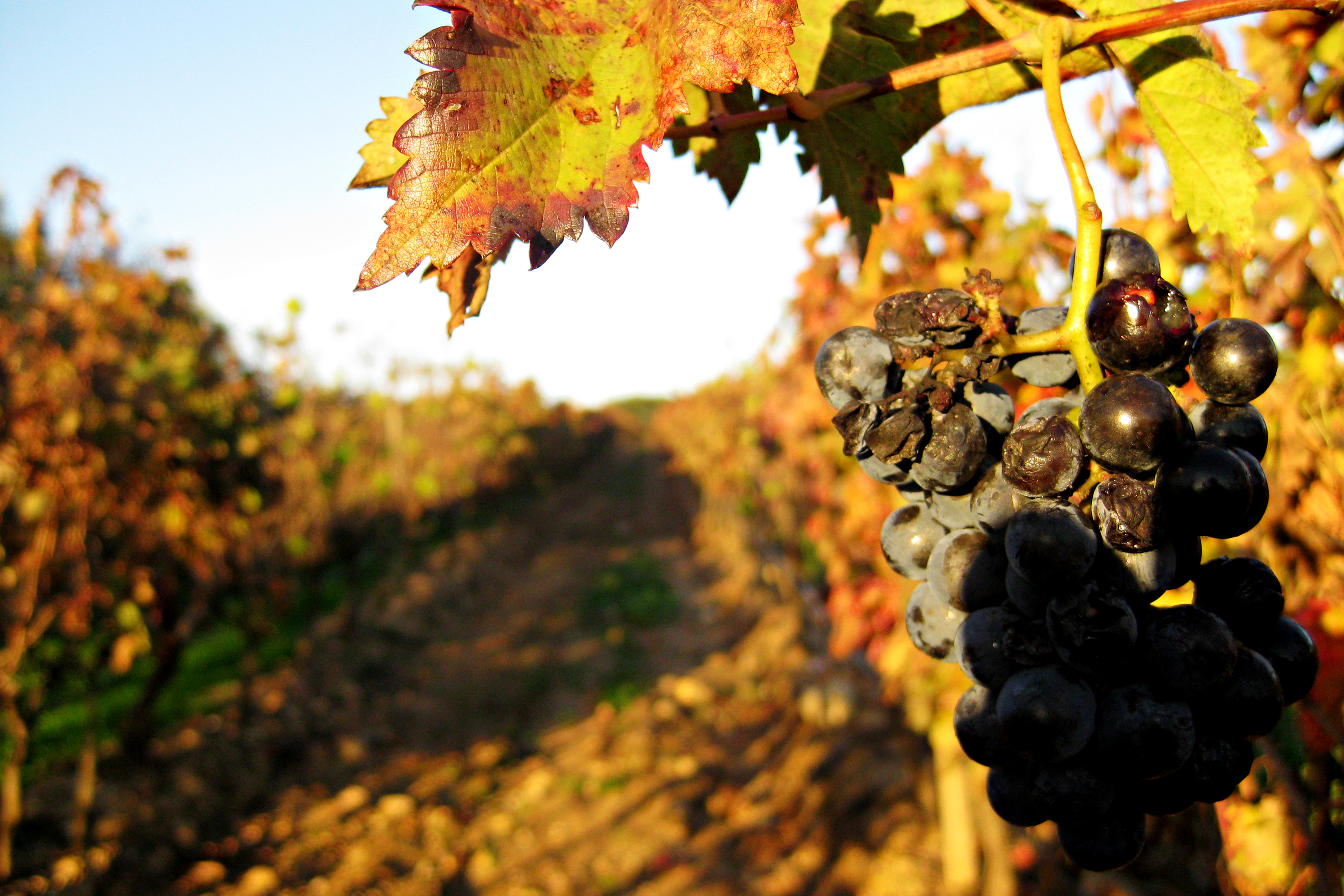
Birds have a delicate respiratory system that requires adequate humidity for optimal functioning. When a bird becomes dehydrated, its lungs and airways can become dry, affecting its overall health. Increasing humidity is crucial for aiding a dehydrated bird’s recovery and promoting rehydration.
Importance of Maintaining Humidity
![]()
Maintaining the right humidity level is vital for the well-being of birds. Most bird species thrive in a humidity range of 40% to 60%. This balance provides sufficient moisture without creating excessively damp conditions or promoting harmful bacteria or fungi growth.
Effective Methods to Increase Humidity
Here are several effective methods to increase humidity for a dehydrated bird:
-
Misting: Gently mist the bird and its surroundings using a clean, room-temperature water-filled spray bottle. Misting helps the bird absorb moisture through its skin and feathers.
-
Humidifier: Place a clean and chemical-free humidifier near the bird’s enclosure or in the room. Regularly clean the humidifier to prevent contaminants. This device increases overall humidity levels, benefiting the dehydrated bird.
-
Wet towels or sponges: Hang wet towels or place damp sponges near the bird’s enclosure. As the water evaporates, it raises the humidity in the immediate area, providing a more comfortable environment for the bird.
-
Bathing options: Provide a shallow dish of water for the bird to bathe in. Bathing not only hydrates the bird but also helps maintain proper feather condition.
Monitor the humidity levels closely and adjust the methods accordingly to ensure they remain within the recommended range for the bird’s species. By increasing humidity, you create an environment that promotes rehydration and supports the bird in recovering from dehydration.
[Word Count: 200]
Offer Nutritional Supplements for Recovery
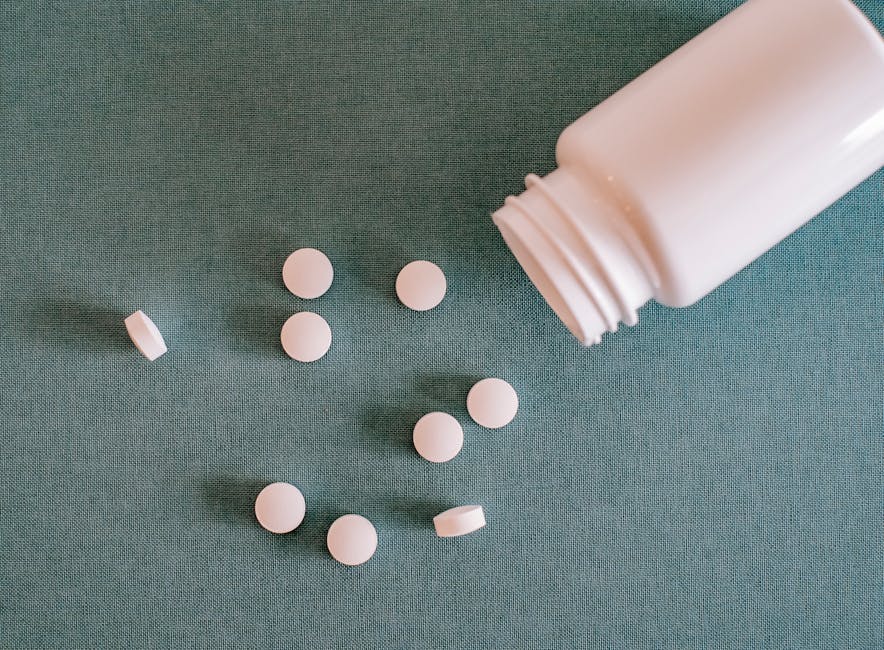
Nutritional supplements are essential for helping a dehydrated bird regain strength and hydration. Consider the following options:
Electrolyte Solutions
Obtain avian-specific electrolyte solutions from pet stores or avian veterinary clinics. These solutions replenish essential minerals and electrolytes lost due to dehydration. Follow the provided instructions for proper administration.
Pedialyte
In the absence of avian electrolyte solutions, a diluted Pedialyte solution can be given to the bird. Dilute the Pedialyte with water according to the recommended ratio on the packaging. This makeshift solution provides much-needed hydration to the bird.
Hydrating Fruits and Vegetables
Offer small amounts of fresh fruits and vegetables with high water content to provide hydration and essential nutrients to the dehydrated bird. Cucumber, watermelon, and grapes are examples of hydrating options. Ensure the fruits and vegetables are fresh and clean before offering them to the bird.
Avoid Sugary or Caffeinated Beverages
Do not offer sugary drinks or caffeinated beverages to a dehydrated bird, as they can be harmful and contribute to further dehydration. Stick to recommended hydration solutions and natural sources of hydration, such as water, electrolyte solutions, and water-rich fruits and vegetables.
Consult an Avian Veterinarian
Before administering any nutritional supplements to a dehydrated bird, consult an avian veterinarian. They can provide professional guidance tailored to the bird’s needs and condition, considering any underlying health issues or dietary requirements.
Remember, the information provided serves as general guidance. For accurate diagnosis and specific instructions tailored to your bird’s individual needs, consult a qualified avian veterinarian.
Administering Emergency Care to Dehydrated Birds
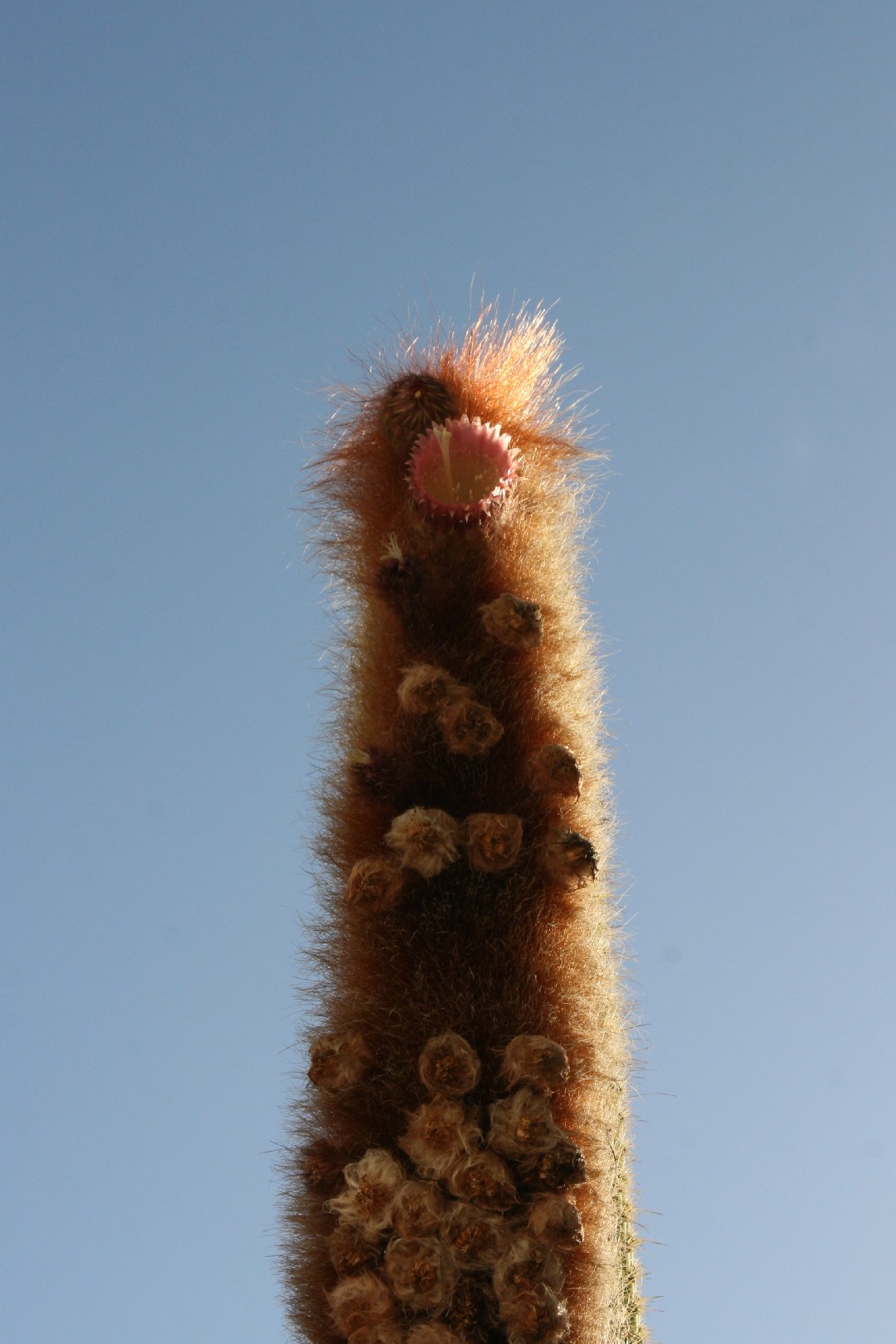
Administering emergency care to a dehydrated bird is crucial for its survival. Here’s what you need to know:
Recognizing Dehydration
Before providing care, it’s essential to identify the signs of dehydration in birds, such as:
- Lethargy
- Sunken eyes
- Dry or discolored beak
- Panting
- Reduced or absent urination
- Loss of appetite
Isolating the Bird
When you come across a dehydrated bird, follow these steps to provide a suitable environment for its recovery:
- Find a quiet area
- Create a warm environment
- Ensure proper ventilation
Rehydration
To help rehydrate the bird, follow these steps:
- Offer fresh water
- Consider an oral hydration solution
- Monitor water intake
Electrolyte Solution
To replace lost electrolytes, follow these steps:
- Obtain avian electrolyte solution
- Follow instructions
- Be patient
Monitoring Progress
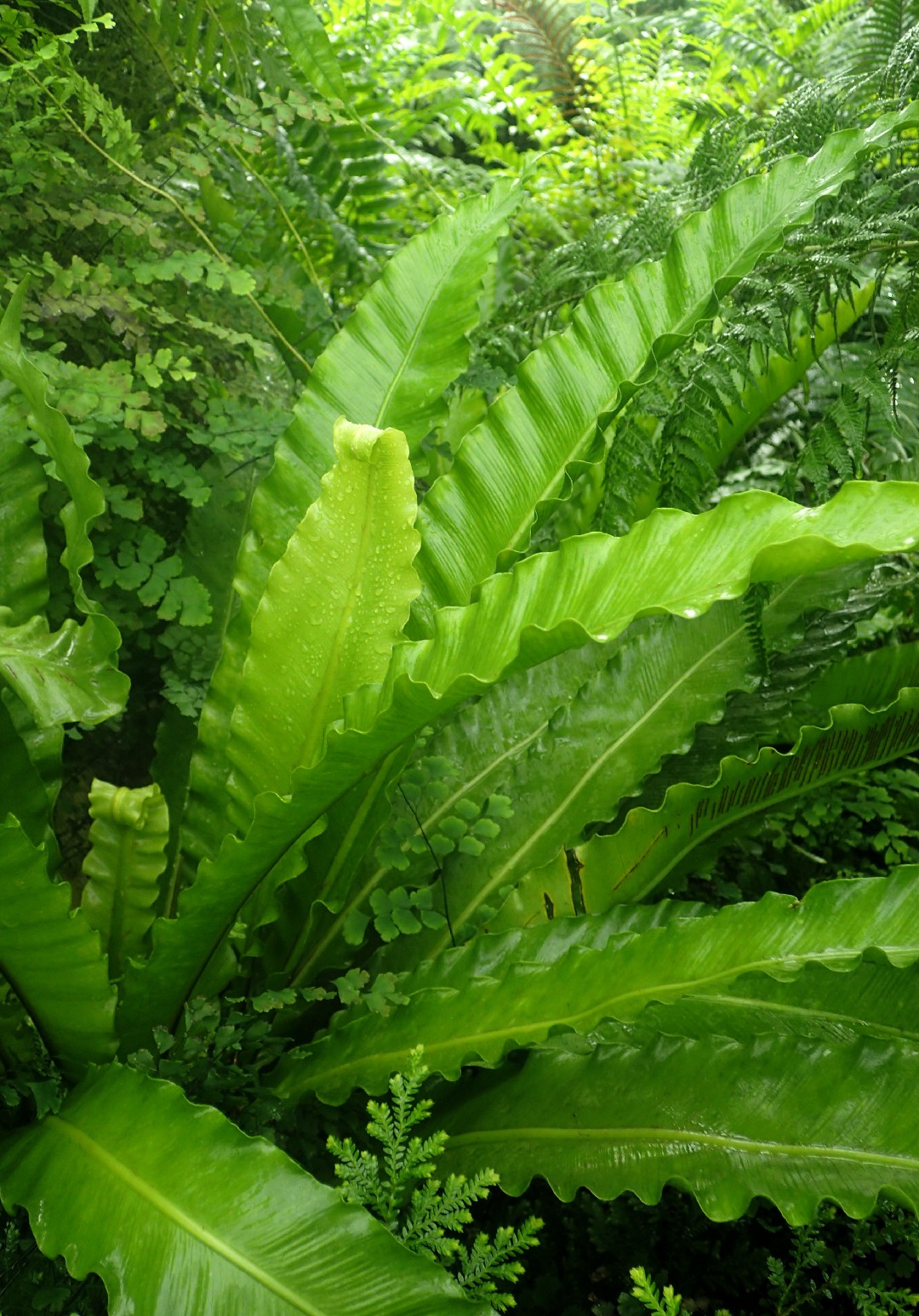
Keep a close eye on the bird’s response to emergency care:
- Hydration level
- Appetite
- Energy levels
- Urination
Remember to consult a veterinarian for professional guidance and assistance in severe cases or if the bird’s condition worsens.
Warning Signs of Worsening Dehydration
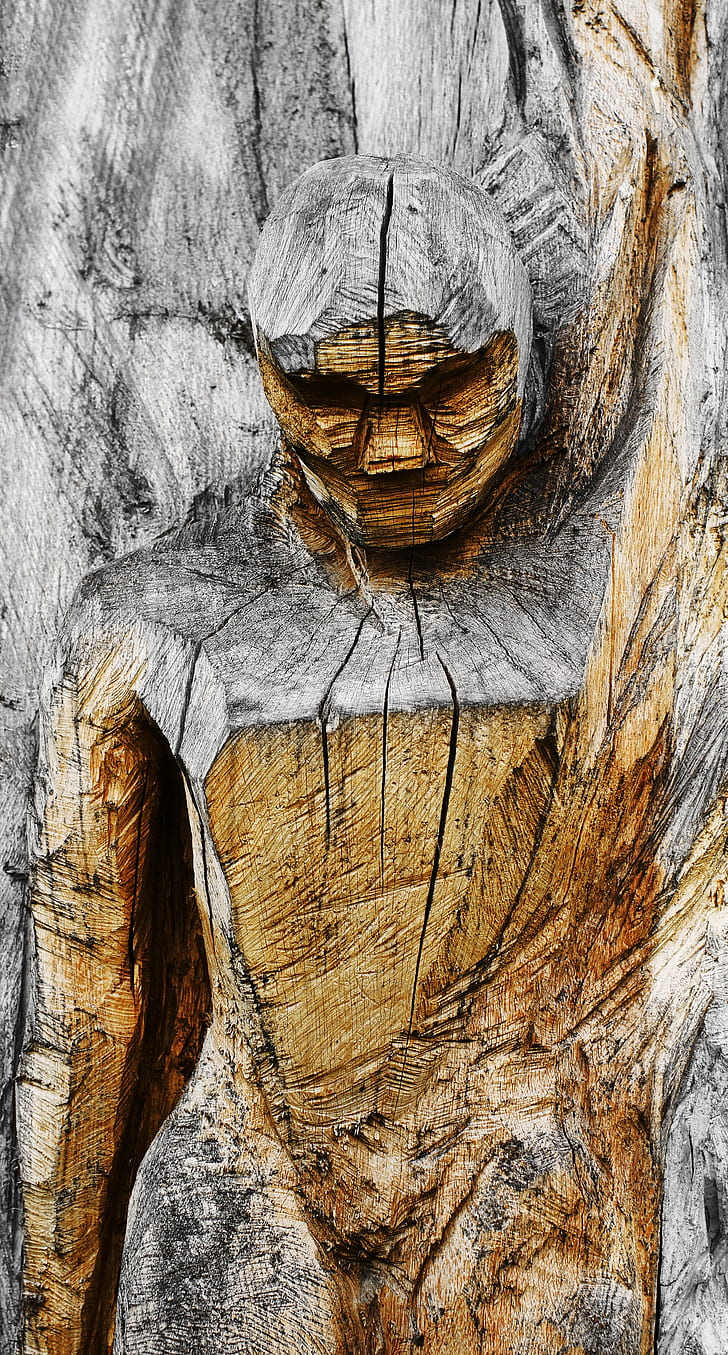
As a concerned bird owner, be aware of these warning signs:
Decreased Activity and Lethargy
Dehydrated birds may exhibit decreased activity levels and become lethargic.
Sunken Eyes
The eyes of a dehydrated bird may appear sunken or dull.
Dry or Sticky Beak
Dehydration can cause a bird’s beak to become dry, cracked, or sticky.
Reduced Urination
Dehydrated birds may produce less urine or exhibit concentrated, dark-colored urine.
Decreased Appetite and Weight Loss
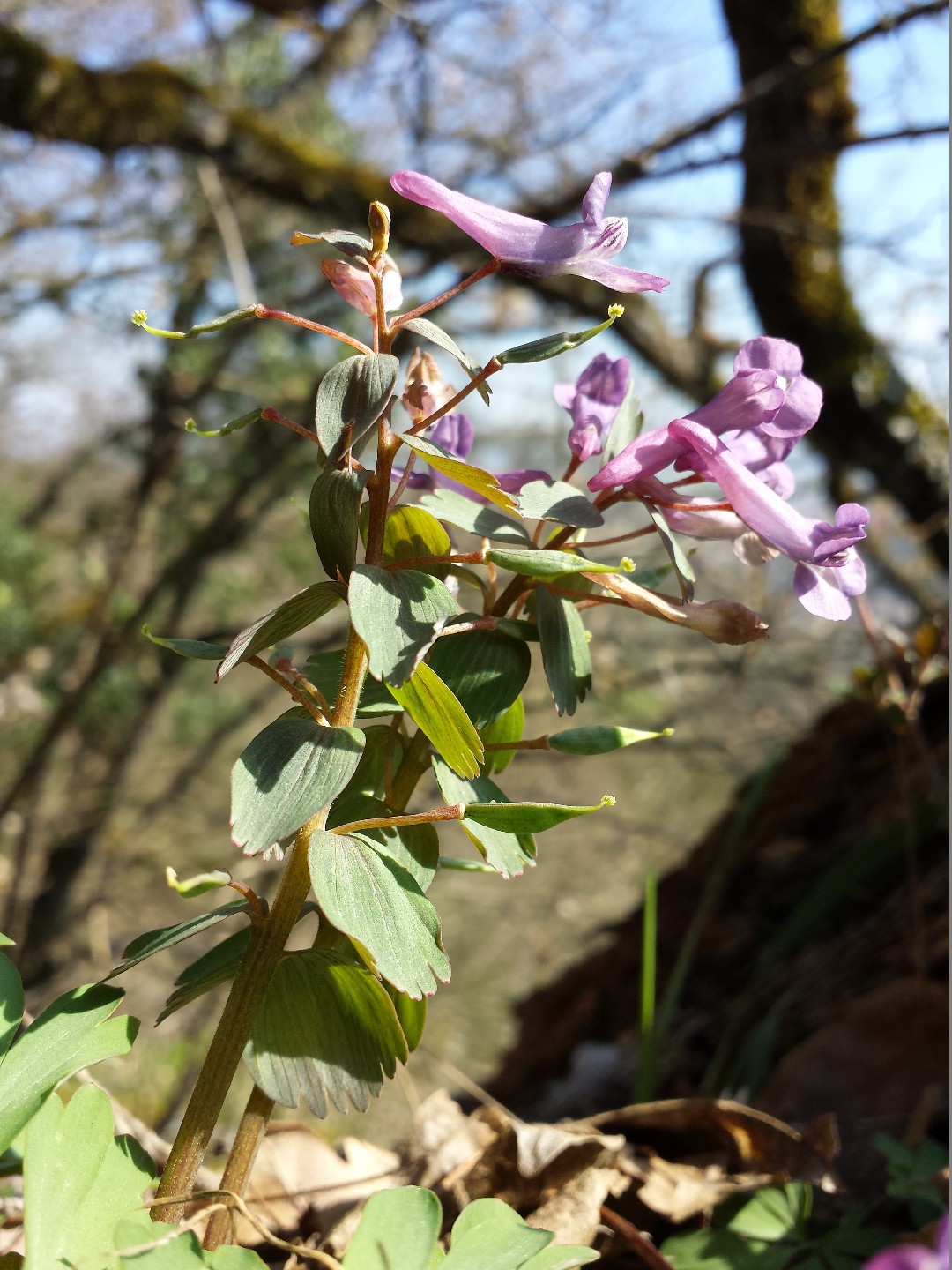
Birds often experience a decreased appetite and weight loss as dehydration progresses.
Fluffed-Up Feathers
Dehydrated birds may fluff up their feathers to conserve body heat.
Panting or Open-Mouthed Breathing
Birds may exhibit panting or open-mouthed breathing when dehydrated.
By recognizing these warning signs, you can take appropriate steps to address dehydration in your bird. Seek professional veterinary assistance if symptoms persist or worsen.
When to Seek Veterinary Assistance

Recognizing the signs of dehydration in birds is crucial for their well-being. Here are guidelines to help determine when professional intervention is required:
General Signs of Dehydration
Let’s review the common signs of dehydration in birds. These indicators may include a dry and sticky beak, sunken eyes, lethargy, decreased or absent urination, loss of appetite, and fluffed-up feathers.
Assessing the Severity of Dehydration
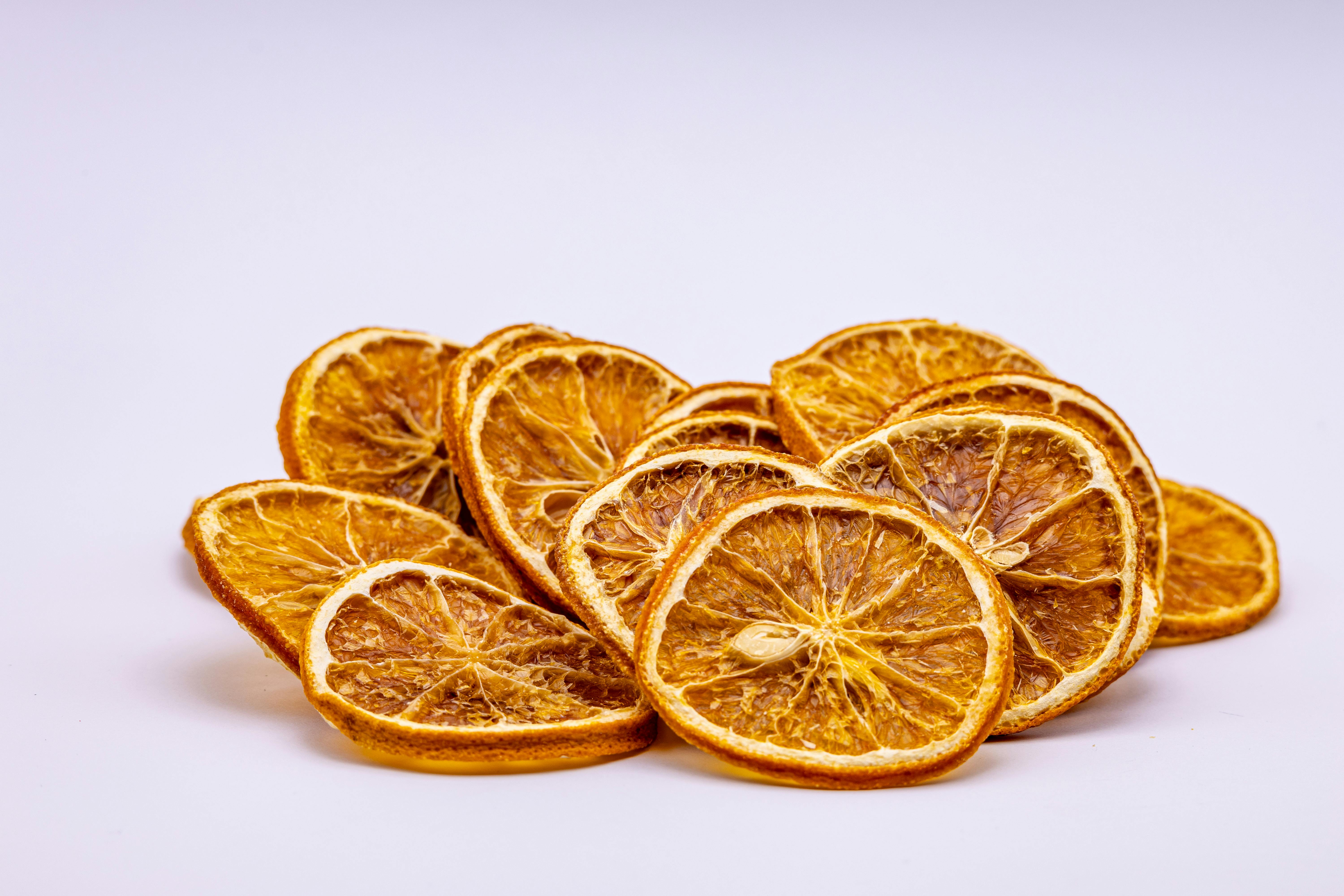
Dehydration can range from mild to severe. To assess dehydration in birds, gently pinch the skin on the bird’s neck or wing and observe how quickly it returns to its original position. A slow return suggests dehydration, while a rapid return indicates adequate hydration.
Immediate Veterinary Attention
Seek immediate veterinary attention if your bird exhibits severe dehydration, unconsciousness, difficulty breathing, seizures, or any other alarming symptoms. Contact a qualified avian veterinarian in these critical situations.
Consulting a Veterinarian
Consult an avian veterinarian if you are uncertain about your bird’s condition or if the dehydration symptoms persist despite your efforts. To find a qualified avian veterinarian, reach out to local bird clubs, wildlife rehabilitators, or avian rescue organizations for recommendations.
Remember, while understanding the signs of dehydration is crucial, the expertise of a veterinarian is invaluable in assessing and addressing the health needs of your bird. Seeking prompt veterinary assistance can make a significant difference in promoting their well-being and ensuring a swift recovery.
Conclusion
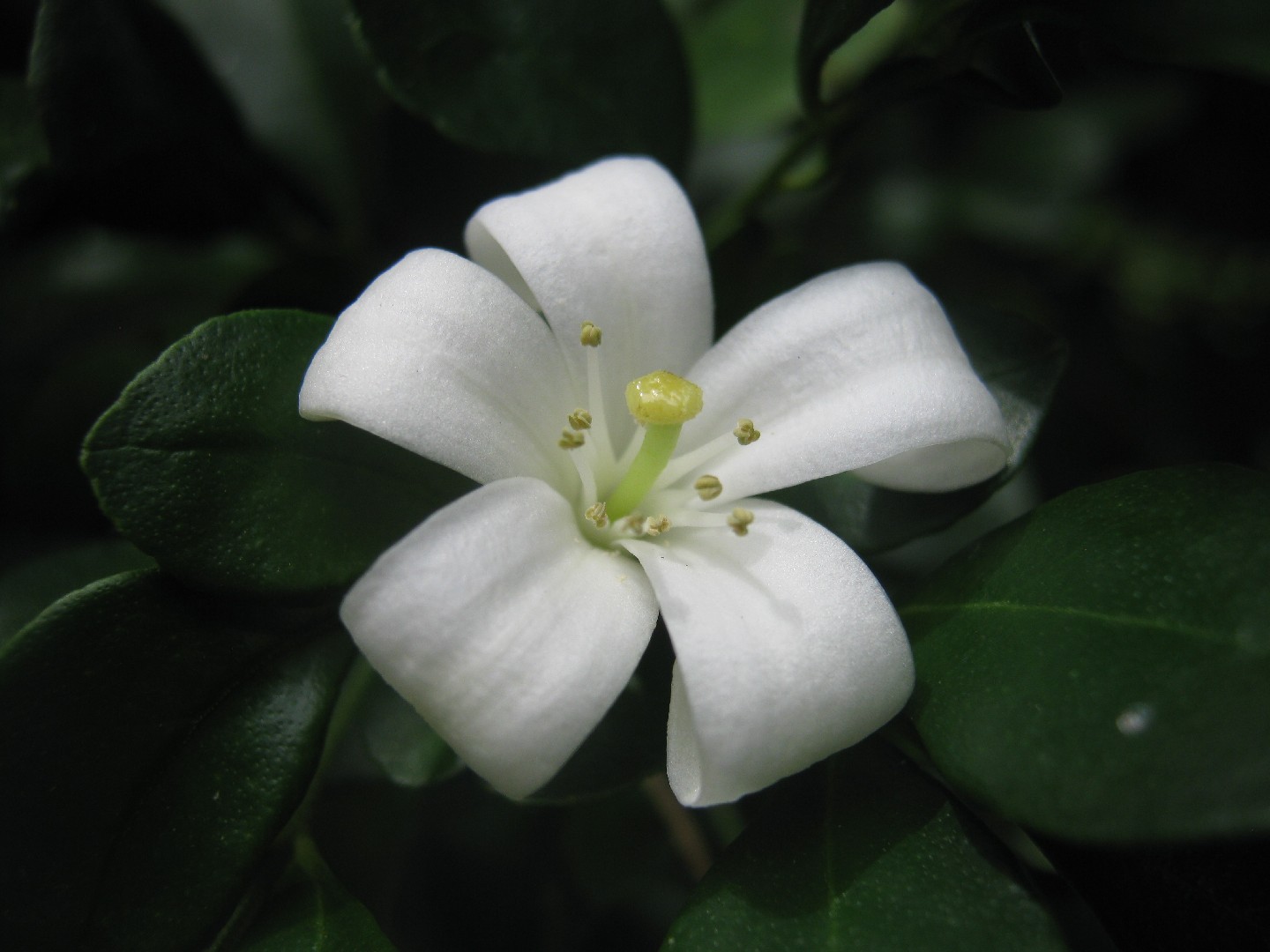
Understanding dehydration in birds and knowing when to seek veterinary assistance are crucial for their well-being and survival. By recognizing the signs of dehydration, assessing its severity, and consulting a veterinarian when necessary, you can take appropriate action to help your feathered friend. Remember to closely monitor their hydration levels, provide necessary care, and seek professional guidance when needed. With proper attention and timely intervention, you can play a crucial role in ensuring the well-being of your dehydrated bird.
Frequently Asked Questions
1. How do I know if my bird is dehydrated?
Signs of dehydration in birds include lethargy, sunken eyes, dry beak, panting, fluffed-up feathers, reduced urination, and loss of appetite. If you observe these symptoms, there is a possibility that your bird is dehydrated.
2. How can I help hydrate a dehydrated bird?
To help hydrate a dehydrated bird, provide fresh water in a shallow dish, increase humidity in its environment, offer electrolyte solutions designed for birds, and seek professional help from a veterinarian or wildlife rehabilitator if the condition is severe.
3. Can I give my dehydrated bird Pedialyte?
Yes, diluted Pedialyte can be given to a dehydrated bird as a makeshift solution if avian electrolyte solutions are not available. Dilute the Pedialyte with water according to the recommended ratio on the packaging.
4. What fruits and vegetables can I offer my dehydrated bird for hydration?
You can offer small amounts of fresh fruits and vegetables with high water content, such as cucumber, watermelon, and grapes, to provide hydration and essential nutrients to a dehydrated bird.
5. When should I seek veterinary assistance for a dehydrated bird?
You should seek veterinary assistance if your bird exhibits severe dehydration, unconsciousness, difficulty breathing, seizures, or any other alarming symptoms. It’s also advisable to consult a veterinarian if you are uncertain about your bird’s condition or if the dehydration symptoms persist despite your efforts.

Leave a Reply